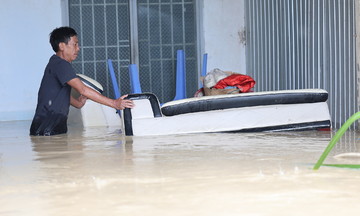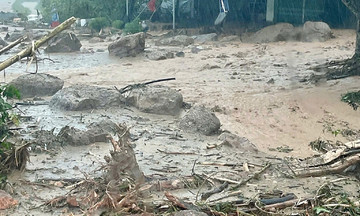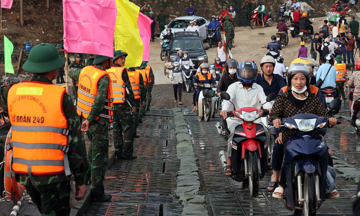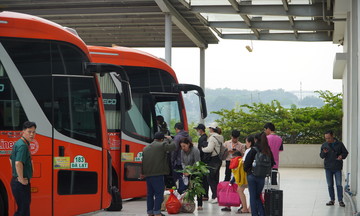Hanoi is currently seeking public input on a draft resolution concerning the transition to green vehicles (electric vehicles) and the development of a charging station network. A key focus for Hanoi is the urgent planning and construction of charging stations for both electric motorcycles and cars.
According to a report from Hanoi's Department of Construction, the city faces challenges in planning its charging infrastructure as demand for electric vehicles is projected to rise next year. The lack of common standards for charging stations in current regulations hinders interoperability between different manufacturers and suppliers.
The city also lacks a comprehensive plan for the power grid and charging infrastructure, necessitating detailed assessments of power capacity and suitable infrastructure. Furthermore, the involvement of the private sector in charging infrastructure investment faces obstacles due to the absence of a legal framework for management, operation, and pricing.
To address these issues, experts suggest Vietnam study the charging infrastructure planning of major Chinese cities, where electric motorcycles number over 400 million.
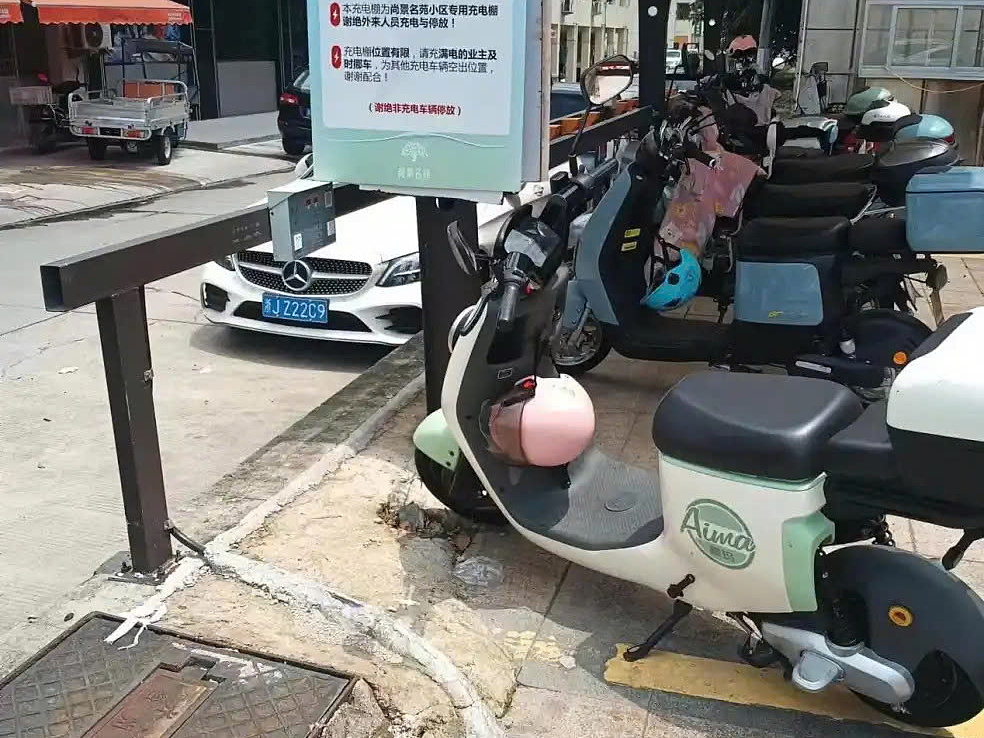 |
A charging station network in a residential area in China. Photo: Electrek.co |
A charging station network in a residential area in China. Photo: Electrek.co
China's electric motorcycle charging model features a distributed network of small, densely located stations. These stations typically have 6 to 20 charging ports and are installed in apartment basements, roadside kiosks, public parking lots, near supermarkets, bus stops, or within densely populated neighborhoods.
Each station usually occupies less than 5 m2, requiring a relatively low investment of a few tens of millions of Vietnamese dong, yet can serve a large number of electric motorcycles daily. This flexibility caters to the needs of urban residents, particularly delivery drivers, ride-hailing service providers, and others who require frequent or quick charging.
Technologically, most stations integrate remote control apps accessible via smartphones. Users can locate the nearest station, schedule charging times, monitor energy consumption and battery levels, and make electronic payments through WeChat or Alipay. The stations also manage power loads in real time, prioritizing charging during off-peak hours to reduce strain on the grid. This is crucial for efficient, sustainable operation and cost-effective management.
To ensure fire safety, China has banned charging in hallways and escape routes. Public charging stations must have integrated heat sensors, automatic power cut-off systems, and remote monitoring connections with local fire departments.
In addition to traditional plug-in charging, many large cities have promoted battery swapping stations, where a swap takes only 1-2 minutes. Major electric vehicle companies have standardized battery systems at 48V or 60V, allowing interchangeability between brands.
This standardization and connection protocol enable a unified battery swapping network to serve various vehicle types. This strategic move saves time, reduces grid load during peak hours, and extends battery life through centralized monitoring.
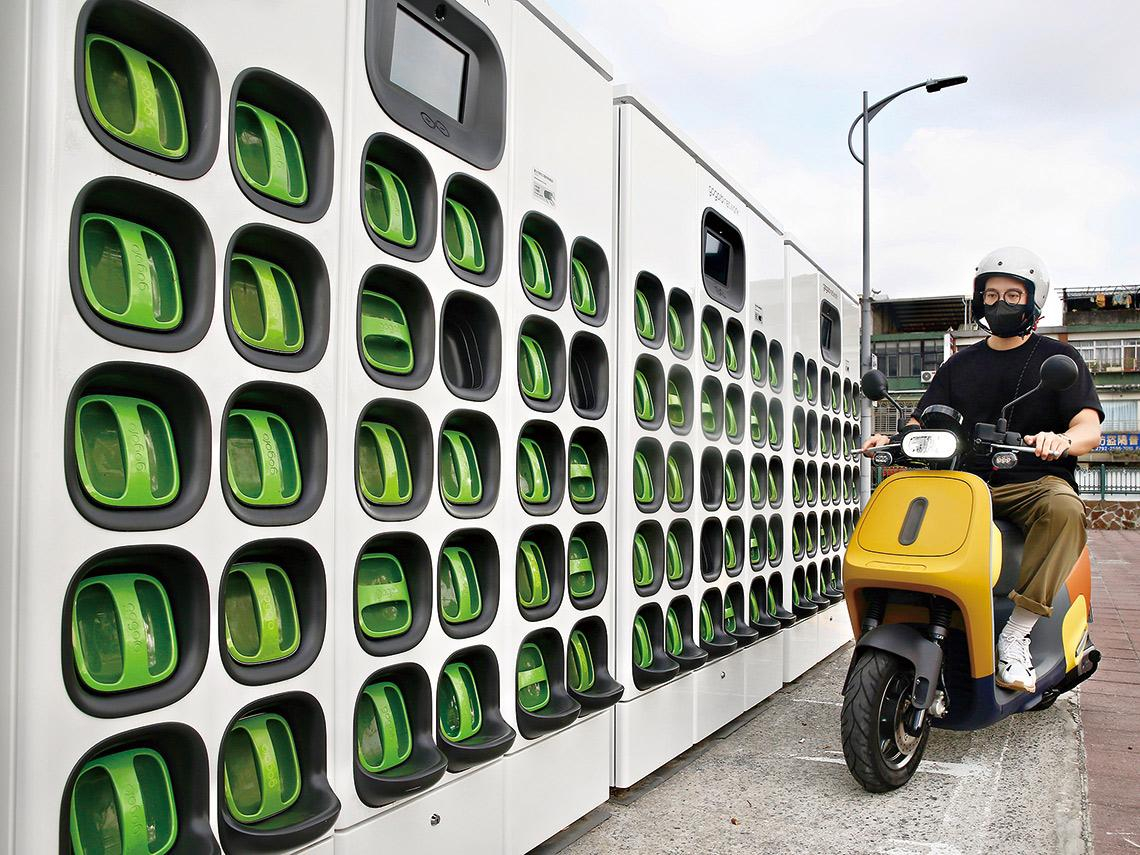 |
An electric motorcycle battery swapping station in China. Photo: Gogoro |
An electric motorcycle battery swapping station in China. Photo: Gogoro
Beyond China, Vietnam can learn from other Asian countries. South Korea integrates charging stations into its smart city ecosystems. The Seoul and Busan governments encourage mobile charging stations co-located with bicycle parking, metro stations, and bus stops, allowing people to charge their vehicles while transferring between modes of transport, saving time and optimizing space.
Indonesia and India offer relevant examples given their similar economic conditions and transportation systems to Vietnam. Their governments partner with private companies to develop electric motorcycle charging stations. In India, companies receive public land and tax exemptions on charging equipment in exchange for deploying stations in low-income areas.
Son Ha



